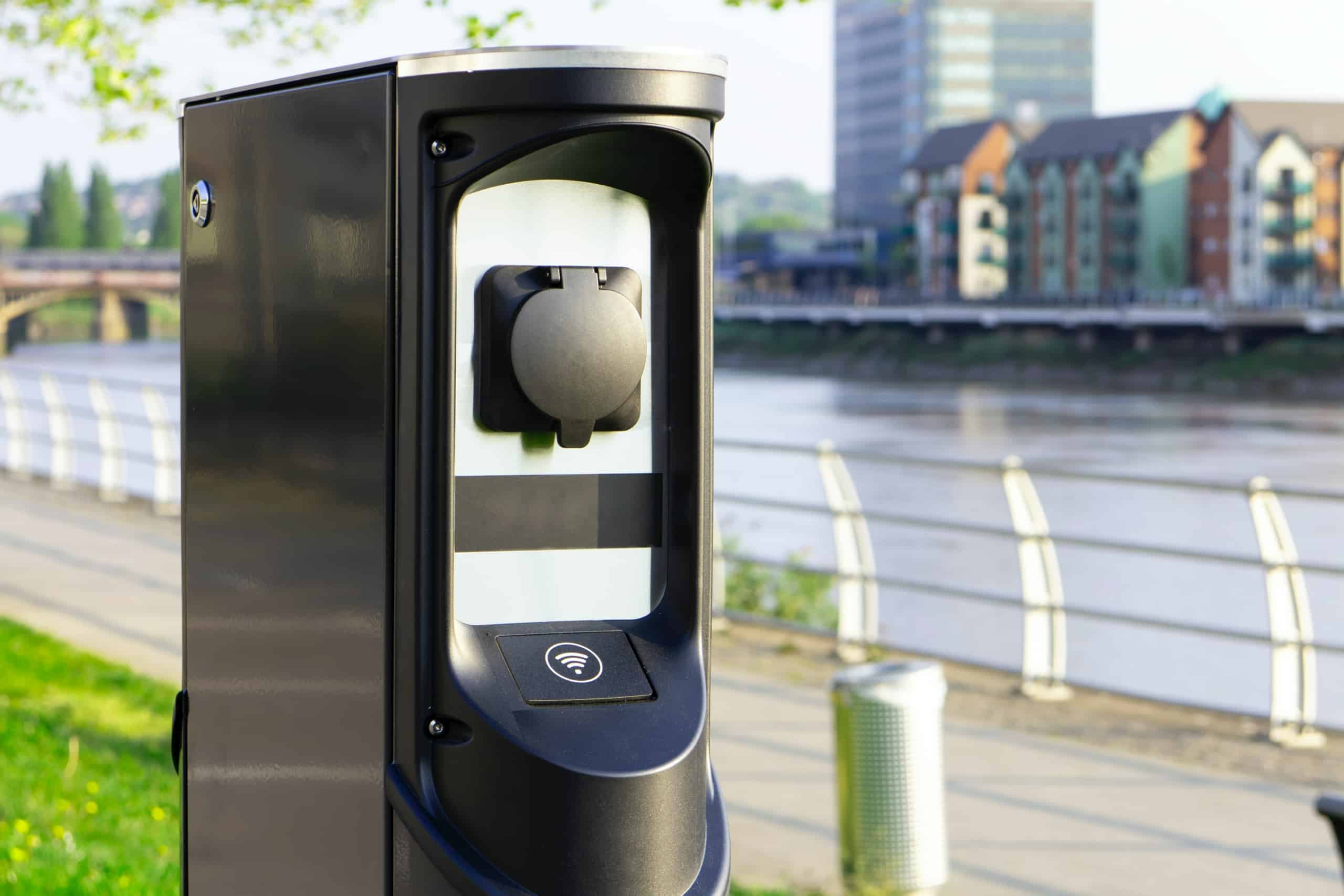[av_one_half first min_height=” vertical_alignment=” space=” row_boxshadow=” row_boxshadow_color=” row_boxshadow_width=’10’ custom_margin=” margin=’0px’ mobile_breaking=” border=” border_color=” radius=’0px’ padding=’0px’ column_boxshadow=” column_boxshadow_color=” column_boxshadow_width=’10’ background=’bg_color’ background_color=” background_gradient_color1=” background_gradient_color2=” background_gradient_direction=’vertical’ src=” background_position=’top left’ background_repeat=’no-repeat’ highlight=” highlight_size=” animation=” link=” linktarget=” link_hover=” title_attr=” alt_attr=” mobile_display=” id=” custom_class=” aria_label=” av_uid=’av-7rcuak’]
[av_heading heading=’A closer look at the CO2 impacts of charge points’ tag=’h3′ style=” subheading_active=” show_icon=” icon=’ue800′ font=’entypo-fontello’ size=” av-medium-font-size-title=” av-small-font-size-title=” av-mini-font-size-title=” subheading_size=” av-medium-font-size=” av-small-font-size=” av-mini-font-size=” icon_size=” av-medium-font-size-1=” av-small-font-size-1=” av-mini-font-size-1=” color=” custom_font=” subheading_color=” seperator_color=” icon_color=” margin=” margin_sync=’true’ padding=’10’ icon_padding=’10’ headline_padding=” headline_padding_sync=’true’ link=” link_target=” id=” custom_class=” template_class=” av_uid=’av-2h528c’ sc_version=’1.0′ admin_preview_bg=”][/av_heading]
[av_hr class=’custom’ icon_select=’no’ icon=’ue808′ font=’entypo-fontello’ position=’left’ shadow=’no-shadow’ height=’50’ custom_border=’av-border-thin’ custom_width=’50px’ custom_margin_top=’30px’ custom_margin_bottom=’30px’ custom_border_color=’#0a0a0a’ custom_icon_color=” id=” custom_class=” av_uid=’av-3jog7w’ admin_preview_bg=”]
[av_textblock textblock_styling_align=” textblock_styling=” textblock_styling_gap=” textblock_styling_mobile=” size=” av-medium-font-size=” av-small-font-size=” av-mini-font-size=” font_color=” color=” id=” custom_class=” template_class=” av_uid=’av-2zz03g’ sc_version=’1.0′ admin_preview_bg=”]
Although overall electric vehicles are the better choice when it comes to CO2 emissions, it is always good to dig a little further and find out where more improvements can be made. At Cenex NL, we provide expertise on zero emission mobility and its energy infrastructure, but also apply the circular economy principles to many of our projects. Our work and research with the automotive industry and electric mobility highlights the critical role electronics play in making mobility smart and clean. Not only by enabling electric mobility and helping limit tailpipe emissions, but also from a life cycle perspective.
This also becomes evident in a Life Cycle Analysis (LCA) Master Thesis by Ollie Hucks for the University of Nottingham’s in collaboration with Cenex. Ollie performed a LCA to examine the environmental impact of electric vehicle charging points. Using one of the leading LCA database platforms, his results show that the largest contributing factors to the charge point’s lifecycle emissions are the impact of manufacturing the electronics (218kg CO2e (86.2%) and transport of the hardware 32.6kg CO2e (12.89%) where most of the transport emissions relate to using air freight from China. The impact indications are a significant point to consider here. To give you an idea, the total emissions impact during the charge point’s lifetime is equivalent to driving a (gasoline) small family car 1,946 km.
This LCA clearly pinpoints the large role the manufacturing and transport phases play in the environmental impact of Electric Vehicle Supply Equipment (EVSE). As a next step, we would like to understand what the impact is on additional environmental categories, and how the results compare with refueling technologies (i.e. fuel pumps). This would help designers and legislators gain greater insights on what the main focus point is of a certain product in order to drastically reduce its impact on the environment.
This is where the expertise of Cenex NL can play a role in further reducing environmental footprints of EVSEs and making them more sustainable and circular. As part of the H2020 LEVIS project, Cenex NL has developed an integrated Eco-Design Guideline and Evaluation (iEDGE) toolkit to support and guide designers and product manufacturers in the automotive sector to make informed decisions for circular design choices. We also apply Life Cycle Analysis tools and expertise, which in combination with eco-design, enhances the accuracy of the results, providing more confidence in making the right choices.
If you would like to find out more about eco-design and our iEDGE toolkit, check out the LEVIS blog https://greenvehicles-levis.eu/blog-eco-design/ or get in touch to explore!
A big thank you goes out to Ollie for his work on his thesis!
[/av_textblock]
[/av_one_half][av_one_half min_height=” vertical_alignment=” space=” row_boxshadow=” row_boxshadow_color=” row_boxshadow_width=’10’ custom_margin=” margin=’0px’ mobile_breaking=” border=” border_color=” radius=’0px’ padding=’0px’ column_boxshadow=” column_boxshadow_color=” column_boxshadow_width=’10’ background=’bg_color’ background_color=” background_gradient_color1=” background_gradient_color2=” background_gradient_direction=’vertical’ src=” background_position=’top left’ background_repeat=’no-repeat’ highlight=” highlight_size=” animation=” link=” linktarget=” link_hover=” title_attr=” alt_attr=” mobile_display=” id=” custom_class=” aria_label=” av_uid=’av-ufxp8′]
[av_textblock textblock_styling_align=” textblock_styling=” textblock_styling_gap=” textblock_styling_mobile=” size=” av-medium-font-size=” av-small-font-size=” av-mini-font-size=” font_color=” color=” id=” custom_class=” template_class=” av_uid=’av-k73ai6bw’ sc_version=’1.0′ admin_preview_bg=”]
CO2-Impact-of-EVSE-Dissertation
[/av_textblock]
[av_hr class=’invisible’ icon_select=’yes’ icon=’ue808′ font=’entypo-fontello’ position=’center’ shadow=’no-shadow’ height=’10’ custom_border=’av-border-thin’ custom_width=’50px’ custom_margin_top=’30px’ custom_margin_bottom=’30px’ custom_border_color=” custom_icon_color=” id=” custom_class=” av_uid=’av-k7adv482′ admin_preview_bg=”]
[av_button label=’Download Thesis’ icon_select=’no’ icon=’ue800′ font=’entypo-fontello’ link=’manually,https://cenexgroup.nl/download/5624/’ link_target=’_blank’ size=’large’ position=’center’ label_display=” title_attr=” color_options=” color=’theme-color’ custom_bg=’#444444′ custom_font=’#ffffff’ btn_color_bg=’theme-color’ btn_custom_grad_direction=’vertical’ btn_custom_grad_1=’#000000′ btn_custom_grad_2=’#ffffff’ btn_custom_grad_3=” btn_custom_grad_opacity=’0.7′ btn_custom_bg=’#444444′ btn_color_bg_hover=’theme-color-highlight’ btn_custom_bg_hover=’#444444′ btn_color_font=’theme-color’ btn_custom_font=’#ffffff’ btn_color_font_hover=’white’ btn_custom_font_hover=’#ffffff’ border=” border_width=” border_width_sync=’true’ border_color=” border_radius=” border_radius_sync=’true’ box_shadow=” box_shadow_style=’0px,0px,0px,0px’ box_shadow_color=” hover_opacity=” sonar_effect_effect=” sonar_effect_color=” sonar_effect_duration=’1′ sonar_effect_scale=” sonar_effect_opac=’0.5′ id=” custom_class=” template_class=” av_uid=’av-k7urtrq6′ sc_version=’1.0′ admin_preview_bg=”]
[/av_one_half]






